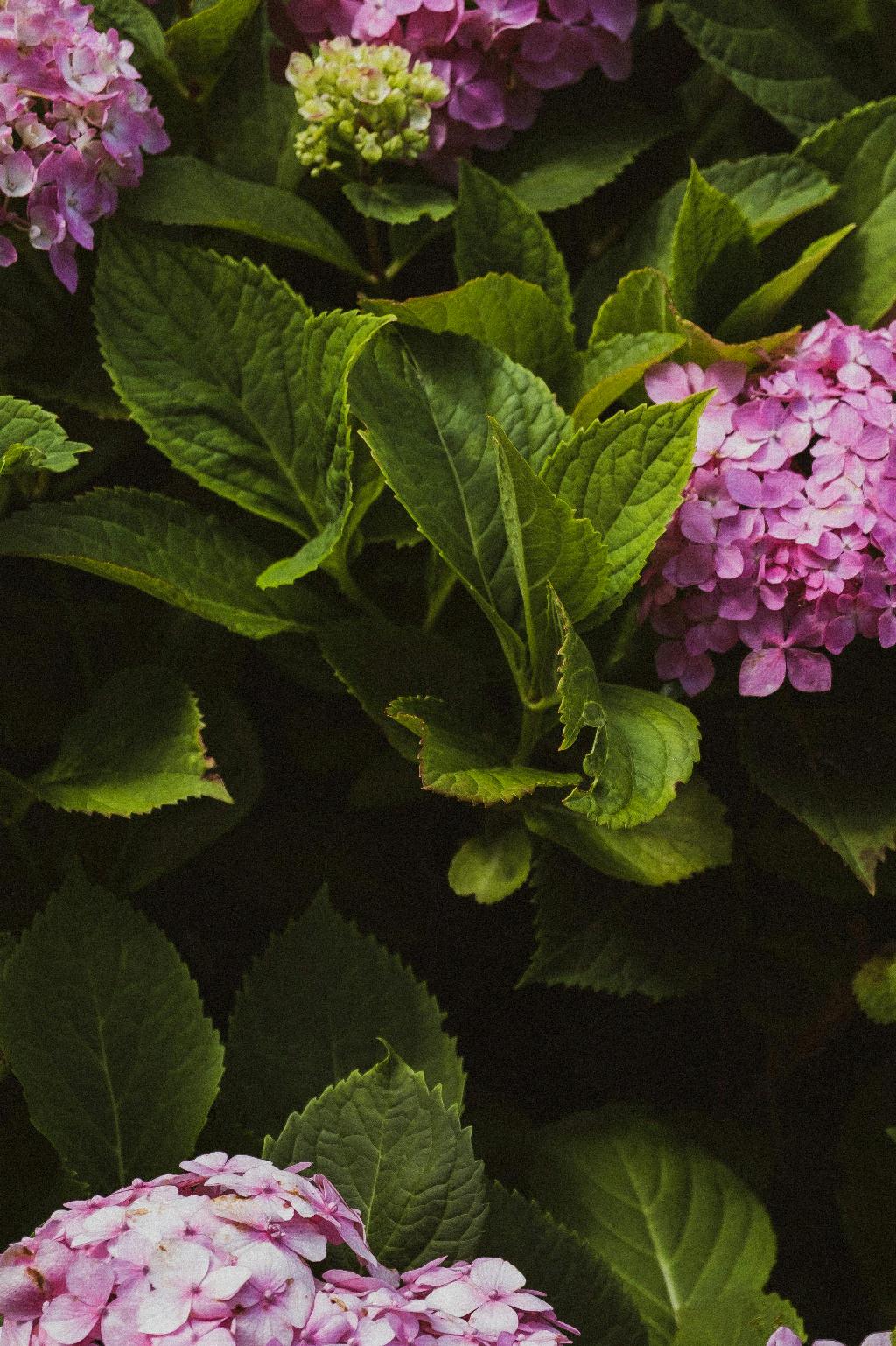There are several factors that may be contributing to the lack of blooms on your hydrangea shrubs. Understanding these reasons can help you take the necessary steps to encourage your plants to produce those beautiful flowers you love.
1. Environmental Factors
Extreme heat, drought, and excessive sun exposure can all play a role in why your hydrangeas are not blooming as much as they used to. Hydrangeas prefer well-drained soil that stays consistently moist but not waterlogged. If your plants are not receiving adequate water or are being exposed to harsh sunlight for long periods, this could be hindering their blooming potential.
2. Pruning Practices
Improper pruning can also impact the flowering of your hydrangeas. Hydrangeas set their flower buds on old wood, so if you prune them at the wrong time or cut off too much of the previous year’s growth, you may be cutting off potential blooms. Make sure to research the specific pruning requirements for the type of hydrangea you have to ensure you are not inadvertently pruning away next season’s flowers.
3. Variety of Hydrangea
The type of hydrangea you have planted can also influence its blooming habits. Some varieties bloom on old wood, while others bloom on new wood. Knowing which type of hydrangea you have will help you understand when and how to prune them to promote optimal flowering.
4. Soil pH levels
Hydrangeas are known to be pH-sensitive plants, meaning that the acidity or alkalinity of the soil can affect the color of their blooms. In acidic soils, hydrangeas typically produce blue flowers, while in alkaline soils, they tend to bloom pink. If your hydrangeas are not blooming as expected, it might be worth testing the soil pH to ensure it is within the optimum range for your specific hydrangea variety.
5. Nutrient Deficiency
A lack of essential nutrients like phosphorus or potassium can also hinder the blooming of hydrangeas. Fertilizing your plants with a balanced fertilizer formulated for flowering shrubs can help provide them with the nutrients they need to support healthy growth and abundant blooms.
6. Overcrowding
If your hydrangeas are too crowded or competing with other plants for resources, they may struggle to bloom prolifically. Make sure to give your hydrangeas adequate space to spread out and access the sunlight and nutrients they need to thrive.
7. Inadequate Winter Protection
Severe winter weather conditions can damage hydrangea flower buds, leading to reduced blooming in the following season. Providing winter protection such as mulching or covering your plants during extreme cold spells can help safeguard the flower buds and ensure a bountiful display of blooms when spring arrives.
8. Insect Pests and Diseases
Insect infestations or diseases can also impact the overall health of your hydrangeas, leading to decreased blooming. Regularly inspect your plants for signs of pests or disease and take appropriate measures to control these issues to help your hydrangeas thrive and bloom abundantly.
9. Root Bound Plants
If your hydrangeas have outgrown their containers or are root bound in the ground, their ability to absorb nutrients and water may be compromised, affecting their blooming capacity. Consider repotting or dividing overcrowded plants to promote healthy root growth and encourage optimal blooming.
10. Stress Factors
Hydrangeas can suffer from stress due to factors like transplant shock, excessive pruning, or abrupt changes in growing conditions. Minimizing stressful events and providing your plants with a stable and suitable environment can help reduce stress and encourage them to bloom more profusely.
11. Age of the Plant
Older hydrangea plants may naturally produce fewer blooms compared to younger, more vigorous plants. As hydrangeas age, their blooming capacity may decline, requiring extra care and attention to support them in producing flowers. Consider rejuvenating older plants through careful pruning and fertilization to stimulate new growth and flowering.

12. Patience and Persistence
Lastly, it’s important to remember that hydrangeas, like all plants, may go through periods of reduced blooming due to various factors. Patience and persistence in addressing the issues affecting your hydrangeas, along with providing them with the care and conditions they need to thrive, can ultimately lead to a resurgence in blooming and the continued beauty of your hydrangea shrubs.
